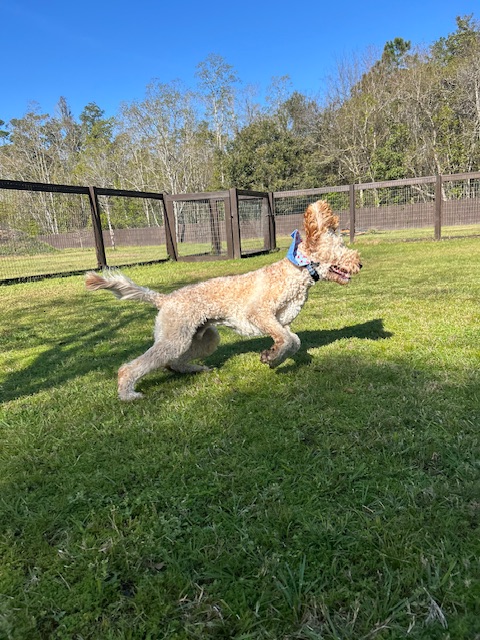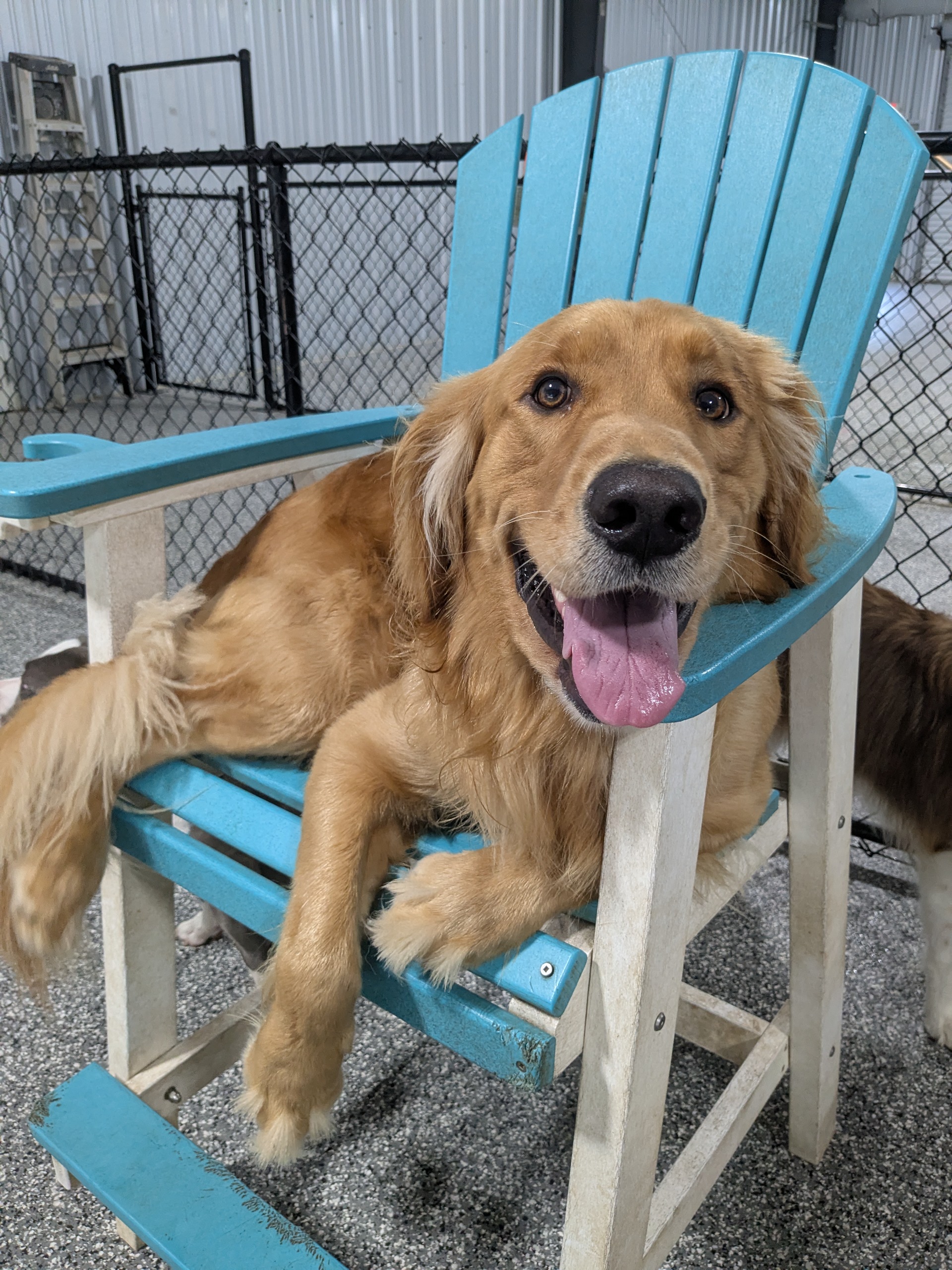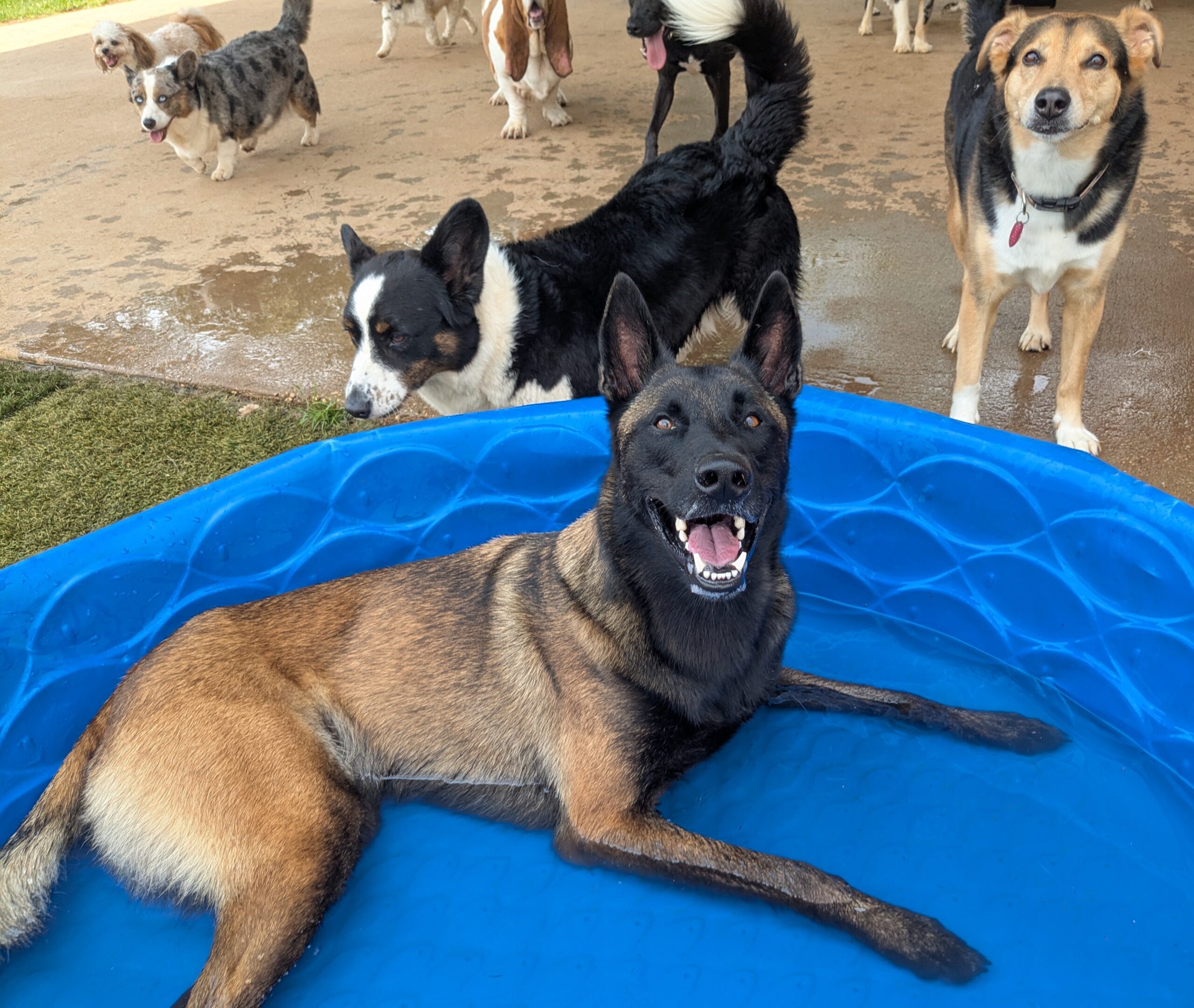We all love our dogs. They’re more than pets—they’re companions, protectors, and often, our best friends. But just like we need movement and stimulation to thrive, so do our furry companions. While a quick morning walk or a toss of the ball in the backyard might seem like enough, the truth is that many dogs aren’t getting nearly as much exercise as they need. And when they don’t, it shows—in their behavior, their weight, and even their overall happiness. As pet parents, it’s vital that we recognize the signs that our dogs are craving more physical activity and understand the benefits that a structured dog daycare environment can offer in meeting those needs.
Understanding the Importance of Daily Exercise
Before diving into the warning signs, it’s important to understand why exercise is so crucial for dogs in the first place. Exercise does more than just keep a dog lean—it stimulates their mind, reduces stress, releases excess energy, and strengthens the bond they have with us. Dogs are naturally energetic and curious creatures, and without an outlet to channel that energy in a healthy way, they can become bored, frustrated, or even depressed. Just like humans who sit at a desk all day, dogs can develop anxiety and restlessness if they’re cooped up indoors or left alone for extended periods with nothing to do.
Furthermore, different breeds have different needs. A working breed like a Border Collie or Labrador Retriever thrives on activity, while a smaller or older dog might prefer shorter but more frequent bursts of movement. Regardless of size or breed, though, regular exercise is not optional—it’s essential to a dog’s quality of life.
Behavioral Signs Your Dog Is Not Getting Enough Activity
One of the most obvious ways dogs communicate their need for more movement is through their behavior. Dogs who are under-exercised often become destructive, chewing on furniture, digging holes, barking excessively, or getting into things they know they shouldn’t. These aren’t signs of a “bad” dog—they’re signs of a bored or frustrated one. When dogs have pent-up energy and no outlet for it, that energy will find a way out, whether it’s through shredded shoes or nonstop pacing.
In addition to destruction, another red flag is hyperactivity. If your dog zooms around the house constantly or can’t seem to settle down at night, it may be a sign that they didn’t get enough physical or mental stimulation during the day. This restlessness can also lead to poor sleep, which compounds the issue and affects their behavior the next day.
Other dogs, particularly those with more introverted personalities, might respond to a lack of exercise by becoming withdrawn. You may notice they lose interest in toys or playtime, stop greeting you with enthusiasm, or even appear sad or depressed. These changes are just as concerning as more aggressive signs, and they deserve just as much attention.
Physical Symptoms That Shouldn’t Be Ignored
Beyond behavior, there are also physical signs that your dog may not be getting enough activity. One of the most common is weight gain. When dogs don’t burn off the calories they consume, the extra energy is stored as fat—just like with humans. Over time, this can lead to obesity, which puts strain on their joints, shortens their lifespan, and increases the risk of other serious health conditions.
Another sign is a general lack of fitness. If your dog starts to pant heavily after only a few minutes of play, or seems unwilling to go on walks they once enjoyed, it could be because they’re out of shape. This doesn’t necessarily mean they’re lazy—it often means they haven’t had enough regular physical activity to build and maintain stamina.
In some cases, dogs with too little exercise may also exhibit signs of anxiety, such as whining, shaking, or pacing. Without a way to burn off nervous energy, dogs may internalize stress, which can manifest in both mental and physical ways.
Why Many Pet Owners Struggle to Provide Enough Exercise
Let’s face it—life gets busy. Between work, family responsibilities, errands, and everything else we juggle daily, it can be tough to give our dogs the time and attention they truly need. While we may have the best intentions, that fifteen-minute walk before or after work often isn’t enough, especially for younger, more active dogs.
In addition, weather can be a factor. During the sweltering heat of summer or the cold rainy days of winter, taking your dog outside for long periods may not be ideal. For people living in apartments or homes without large yards, the challenge becomes even greater. Dogs end up spending hours indoors, alone, with nothing to do but nap and wait.
While friends, neighbors, or occasional pet sitters can help fill the gap, they often can’t offer the structured, active, and consistent interaction that dogs need day in and day out.
The Role of Dog Daycare in Meeting Exercise Needs
This is where dog daycare becomes more than a convenience—it becomes a solution. A reputable dog daycare does far more than just keep your dog company while you’re at work. It provides a dynamic, engaging environment where dogs can play, explore, and interact under supervised care. This helps them burn off energy in a healthy way, stay mentally sharp, and learn important social skills with both humans and other dogs.
Unlike a solo walk or a quick backyard romp, daycare offers hours of active time, rotating play groups, structured activities, and opportunities for enrichment. Dogs are allowed to be dogs—chasing, sniffing, wrestling, and running in ways that satisfy their physical and mental needs. They’re also supervised by trained staff who know how to manage group dynamics and ensure a safe and positive experience for all the dogs involved.
Another added benefit is routine. Dogs thrive on consistency, and attending daycare regularly gives them a structured schedule to look forward to. This can greatly reduce anxiety and improve overall behavior at home. Instead of pacing or barking out the window while you’re gone, they spend their day exercising, socializing, and resting in a secure, stimulating environment.
How Daycare Supports Healthy Socialization
It’s also important to highlight how dog daycare contributes to a dog’s emotional health through socialization. Dogs are social animals by nature, and just like people, they benefit from interacting with others. When a dog is isolated for too long, it can develop behavioral problems or even social anxiety. Dog daycare allows them to meet new friends, learn positive play behaviors, and build confidence.
Not only does this make for a more balanced and well-behaved dog, but it can also ease stress for pet owners. When your dog is well-socialized, trips to the park, vet, or groomer become far more enjoyable for both of you. You’ll see a calmer, more trusting dog who feels secure in new environments and around new faces.
Exercise Isn’t Just About the Body—It’s About the Brain
Many people overlook the mental benefits of exercise, assuming physical activity is only about staying fit. But for dogs, movement is deeply connected to their mental well-being. Exploring a new area, sniffing unfamiliar scents, engaging in play, and navigating social groups all challenge their brain and keep them sharp.
Daycare provides all of this and more. It creates an environment where curiosity is rewarded, boredom is banished, and dogs get to learn new things every day. From puzzle toys and enrichment games to interaction with humans and other dogs, the variety of experiences keeps their minds active and engaged. For dogs who are home alone most of the day, this kind of mental stimulation is absolutely priceless.
Choosing the Right Solution for Your Dog
While dog daycare can be an incredible tool for helping your dog stay active and balanced, it’s not a one-size-fits-all answer. Some dogs may need additional walks or training sessions, while others might benefit from enrichment toys or agility games at home. The key is to observe your dog’s behavior, listen to what they’re telling you, and find the routine that works best for them.
That said, if you find yourself stretched thin, unable to provide enough daily activity, or struggling with behavioral issues at home, daycare can be a game changer. It doesn’t just give your dog a place to go—it gives them a place to thrive.
Give Your Dog What They Deserve
At the end of the day, your dog deserves more than just love and food. They deserve a life filled with movement, stimulation, joy, and adventure. When dogs are given the chance to move their bodies, engage their minds, and socialize with others, they become the best versions of themselves. Their tails wag a little higher. Their eyes sparkle a little brighter. And their love for you only grows stronger.
If you’ve noticed signs that your dog may need more exercise, don’t wait. Whether it’s incorporating more walks, trying new activities, or exploring the benefits of dog daycare, take that next step. Your dog will thank you for it—not just with better behavior, but with a happier, healthier life.







